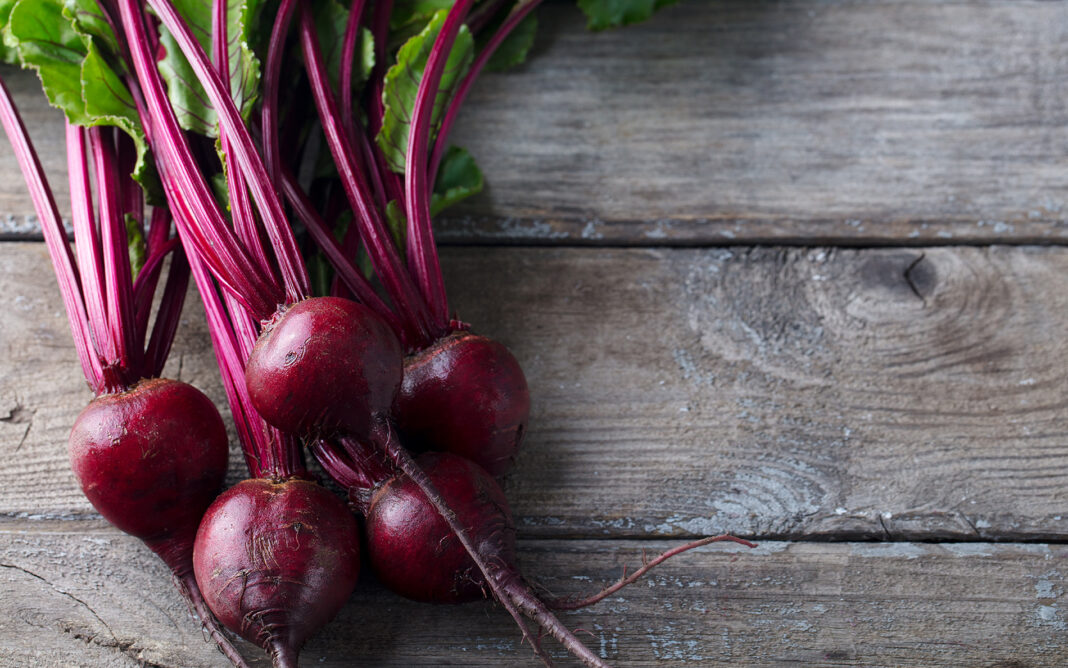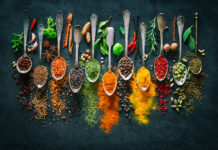Here’s a sobering stat: Cardiovascular disease (CVD) is the most common cause of death worldwide. Over the last half-century, numerous diets have been trialled with the aim of reducing CVD risk. Perhaps unsurprisingly, the common themes amongst the most successful include a high intake of fruits and vegetables.
Naturally, it’s assumed the vitamins, minerals and antioxidants found within fruits and vegetables are largely responsible for improving blood pressure and reducing risk of CVD mortality; however, it’s not so straightforward. Large-scale clinical trials have failed to fully support this idea.
While a high intake of fruits and vegetables are indeed capable of reducing the risk of myriad chronic diseases, the exact mechanism still eludes experts. But they do have some hard facts on their side: It’s been found that green leafy vegetables offer the greatest protection against cardiovascular disease.
Beyond the vitamins, minerals and fibre that green leafy vegetables provide, they’re also rich in dietary nitrates—a compound that has the potential to not only ward off CVD, but also shows promise in boosting athletic performance.
What are dietary nitrates?
Nitrates are compounds that occur naturally in the body and in some foods. When you eat certain foods, such as leafy greens or beets, the inorganic nitrates abundant within them get converted in the body to nitrites. The nitrites are then taken up into circulation by the intestines and transported around the body to be converted into nitric oxide (NO). This is the nitrate-nitrite-NO pathway, and it holds powerful capabilities for enhanced health.
The final creation, nitric oxide, is an important signalling molecule in the body. It helps to direct traffic for a number of important physiological processes such as blood flow regulation, muscle contractility, glucose control, calcium balance and mitochondrial health. These are all integral factors for everything from improved cardiovascular health to seeing better results in the gym.
How do they help performance?
When oxygen levels are low in the bloodstream, such as during prolonged exercise, nitrites get converted into nitric oxide. Nitric oxide is important in several processes that enhance exercise performance such as increased efficiency of muscle contractions, increased energy production, enhanced blood flow and improved heart health.
In turn, consuming dietary nitrates can effectively reduce the oxygen cost of training during submaximal exercise, potentially enhancing an athlete’s exercise tolerance. Better exercise tolerance equals better performance.
Long-term daily consumption has also been shown to increase plasma nitrite concentrations and ultimately increase the production of NO.
Recreational athletes seem to get the biggest bang for their buck when it comes to dietary nitrates and performance, while the margins for improvement in elite athletes are very small. Experts believe this could be due to the greater dietary intake of highly trained athletes, or their greater capacity to produce NO, or simply because elite athletes have better genetics and thus are better able to enhance oxygen delivery.
Nitrates for better health
Dietary nitrates are also a win for recreational athletes looking to support better health.
Supporting vascular health via weight management and blood sugar control is the first step to reducing your risk of CVD; however, the addition of dietary nitrates is a potent weapon due to added nitric oxide and its potent vasodilator effects.
Many cardiovascular diseases, such as pre-hypertension, hypertension, atherosclerosis and stroke, have a strong association with endothelial dysfunction (the inner lining of your smallest arteries) and reduced NO activity. This suggests increasing your intake of nitrate-rich vegetables would be highly beneficial.
The nitrites produced from the nitrate-nitrite-NO pathway have also been found to protect the heart, liver, kidneys, lungs and brain.
How to get them
Just how many nitrates do you need to consume to achieve an effective dose and kickstart better health and performance? Most studies use acute doses between 300-600 mg of dietary nitrates, taken approximately 2.5 hours before exercise. After 24 hours, nitrate levels will return to baseline.
Comparatively, the typical intake of dietary nitrates in the general population is about 40-100 mg/day in America and Canada, with approximately 50–85 per cent of dietary nitrate intake derived from vegetables.
Spinach, arugula, beetroots and celery contain about 250 mg of dietary nitrates per 100 g of fresh weight. Nitrates can also be found in supplement form.
Dietary nitrates and the subsequent nitric oxide produced in the body support several crucial physiological processes, from blood-flow regulation and muscle contractility to glucose and calcium balance, as well as mitochondrial health.
If you’re trying to improve your endurance performance, upgrade your health or increase longevity, increasing your intake of dietary nitrates
(or adding a nitrate supplement) can play a key role in achieving success.
This article was republished with permission from DrBubbs.com.
You May Also Like – The Science of Nutrient Timing

Read This Story in Our 2024 Inspiration Issue
Read about our 2024 Canada’s Top Fitness Trainers – our top 30 from across Canada! How to Hire a Personal Trainer, The Dangers of Overtraining, Return to Running After Illness, Easy Vegan Garlic Noodles and more!
















